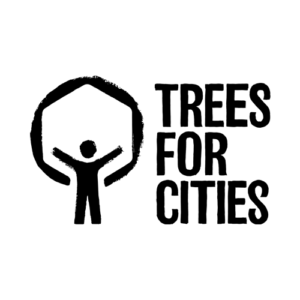Most of us can relate to the feeling of relaxation that comes from spending time close to nature, but what exactly is it that causes this effect and can it be backed by science?
Everyone has good days and bad days, and we’re all susceptible to the feeling of stress, depression and other mental health problems. We’ve previously written about how trees and being in nature support mental health and quoted a 2021 survey where 73% of respondents said that connecting with nature helped them during the pandemic. The link between nature and mental well-being has been written about for centuries by poets, and even Florence Nightingale noted the healing power of plants when treating soldiers in the 1800s.
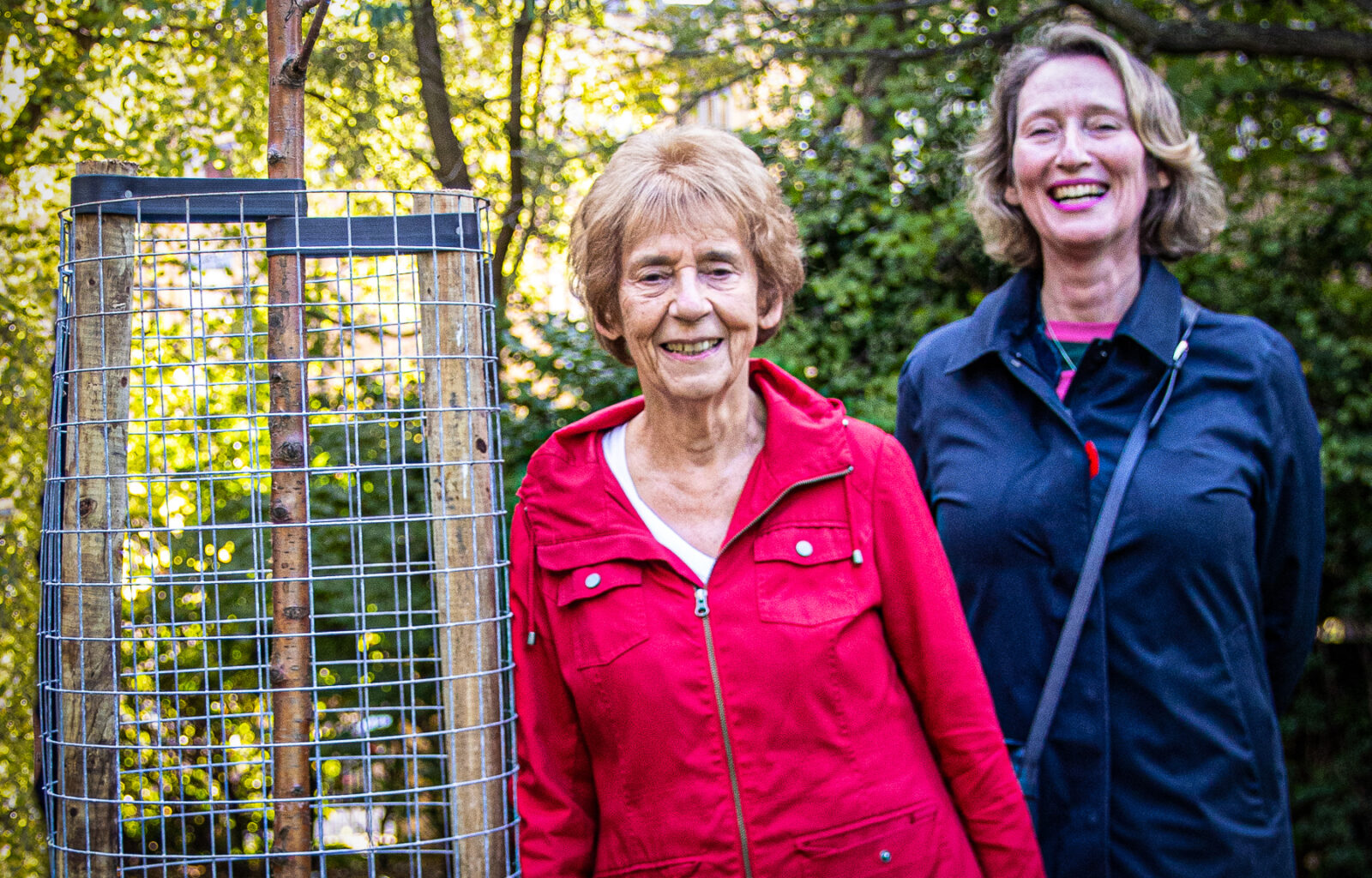
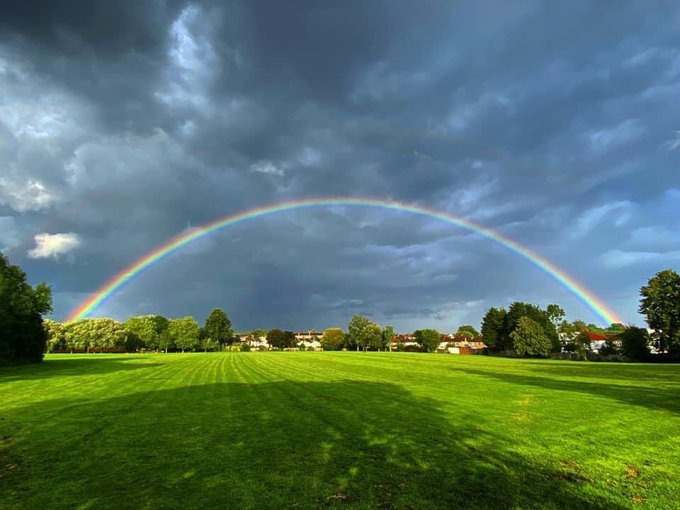
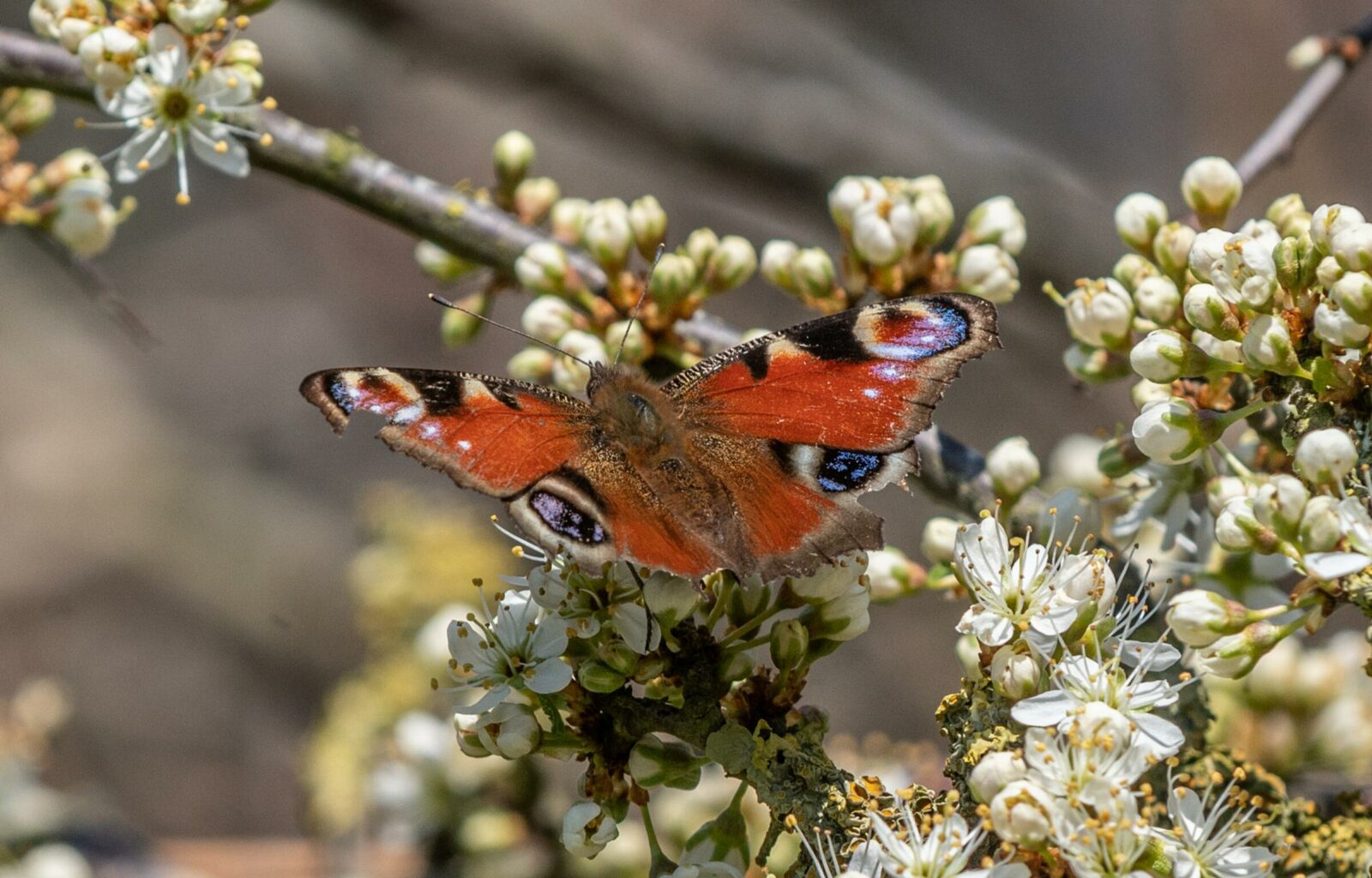
In the last few decades, a growing body of scientific research has revealed myriad ways in which nature is fundamental to our health, and suggests that people who live in greener environments tend to be healthier.
Urban Greenery is Important
A 2019 study by University of Michigan scientists showed that when people spend over twenty minutes in ‘urban nature’, levels of two key physiological biomarkers of stress drop – salivary cortisol and alpha-amylase. Participants spent ten minutes outdoors close to nature three times a week, and it didn’t matter what sort of activity they were doing to get these effects.
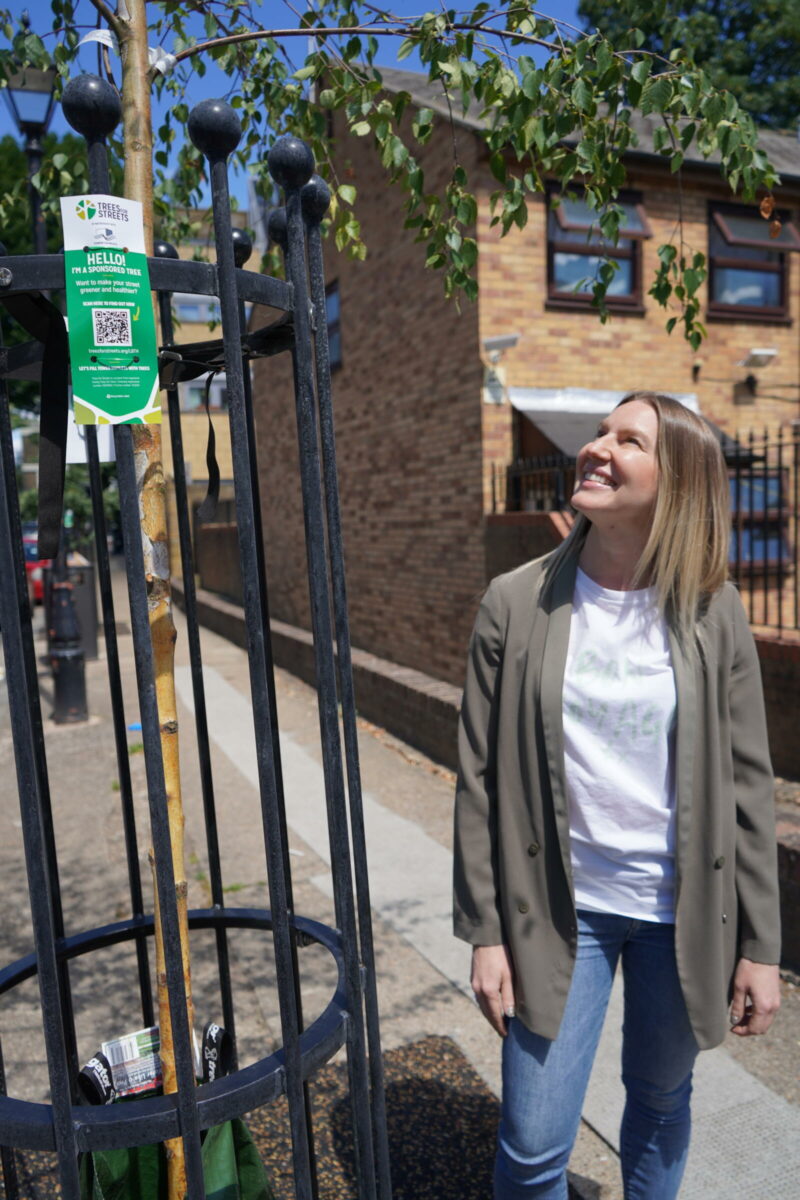
Twenty minutes was found to be the optimum time to get the best results, and longer than this didn’t make a significant difference to hormone levels. In fact, as little as 3-4 minutes has been shown to make a difference by reducing pulse rate and any muscle tension.
This is a comforting fact, given that most of the UK’s population lives in towns and cities. And shows just how important it is that we work to make our streets greener.
How does it work?
Many factors contribute to the soothing effect of time spent in nature.

The fractal patterns which are seen in trees, flowers and plants are known to provoke brain waves that help us feel relaxed and focused. This is because the vessels in our retinas are also fractal, so when we view a fractal shape it causes our eyes to lock into place. Prof. Richard Taylor at the University of Oregon made the discovery and suggests that this is part of our inherent genetic memory – harking back to our hunter-gatherer days when plants and trees indicated the presence of a water source.
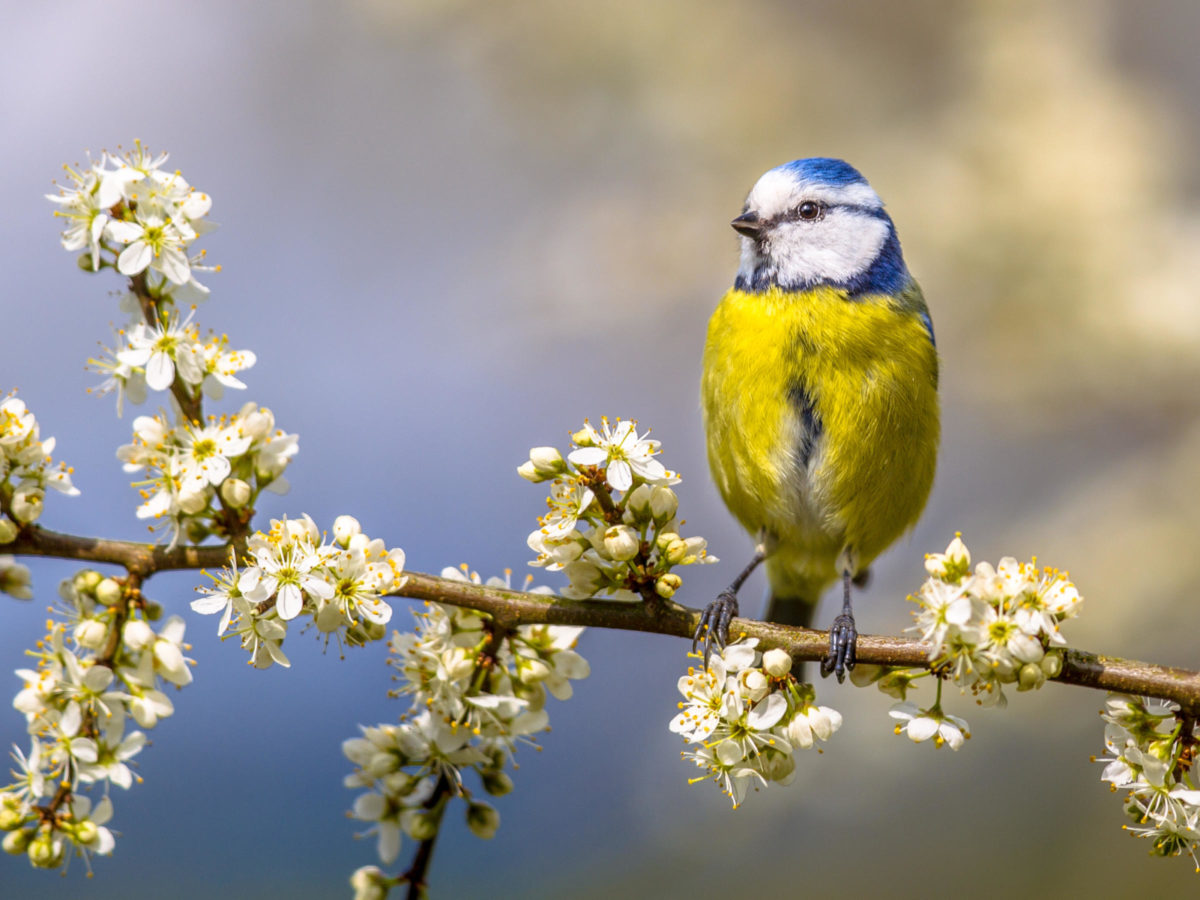
Bird song, and other natural sounds, have been linked to decreased stress and a more balanced nervous system. Even people under anaesthetic produce fewer of the markers associated with stress when a recording of birdsong or soft wind is played to them.
- Exposure to disease killing chemicals. Trees and plants emit chemical compounds known as phytocides to help them fight off diseases. Breathing in these compounds has been shown to significantly increase natural killer cell activity in humans too – helping the body fight some infections and cancer. Even just looking at a beautiful natural scene can decrease levels of inflammatory cytokines – proteins that help our immune system work harder.
- Even the smell that sometimes occurs after rain – known as petrichor – has been shown to trigger brain waves linked to relaxation.
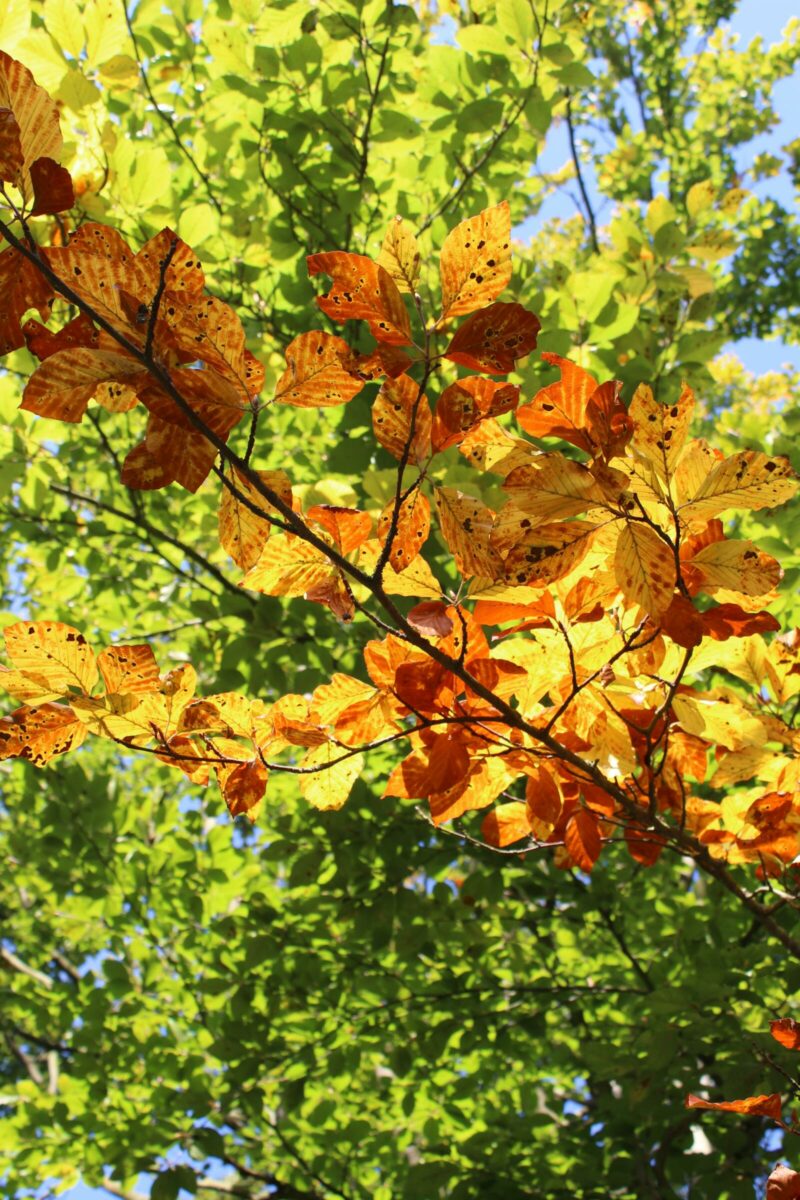
Being around nature can help rebalance our nervous system, according to Lucy Jones in her book, Losing Eden. She explains how watching trees moving in the wind is a type of Attention Restoration Therapy, a psychological theory that proposes that exposure to nature is not only enjoyable but can also help us improve our focus and ability to concentrate.
Green space buffers stress in urban areas
Ultimately, it seems like green space provides a buffer from stress in urban areas. It calms the parasympathetic nervous system, lowers the heart rate, helps us feel calm, and is associated with better sleep and with feelings of contentment and safety. It has even been linked to a longer life expectancy, primarily by improving mental health and increasing social engagement, as well as by lowering air pollution exposure and increasing physical activity.

Researchers at the University of Michigan even found that looking at pictures of nature offers cognitive benefits similar to that of walking in nature. The same is true for looking out a window and seeing trees – hospital patients with views of trees recover faster.
The impact of looking at trees from a home office window on an urban dweller working from home could be immense. Studies show that people who can see trees from their office have fewer sick days, they’re also more productive too. And people who live on tree-lined streets are less likely to be prescribed antidepressants.
Even amongst people who express no real love for nature or the outdoors, studies have shown that the lack of exposure to nature can have a negative effect.
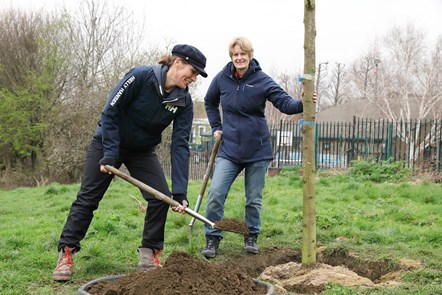
The evidence supporting the therapeutic effects of nature is convincing. The Centre for Sustainable Healthcare’s NHS Forest project was set up to support healthcare sites across the UK transform their green spaces for health, wellbeing and biodiversity. So far they have planted 96,620 trees at 321 sites across the UK, alongside meadows, orchards and vegetable plots to help patients, staff and local communities.
Access to green space can help overcome income-related health inequalities. A study in 2015 by Professor Mitchell at Glasgow University found that access to nature reduced socio-economic inequality in mental well-being by 40%.
While most people have felt calmness and stress relief when visiting a forest or the countryside, the evidence clearly shows that many of the benefits of being close to nature can also be found in urban areas. We therefore think we need to plant more trees close by where we really need them – in our streets, where everyone can benefit on a daily basis.
If you’d like to bring more greenery to your street, click the yellow button below to get started.
START YOUR STREET TREE SPONSORSHIP JOURNEY
Sources:
Urban Nature Experiences Reduce Stress in the Context of Daily Life Based on Salivary Biomarkers: https://www.ncbi.nlm.nih.gov/pmc/articles/PMC6458297/
Stress Recovery during Exposure to Nature Sound and Environmental Noise: https://www.ncbi.nlm.nih.gov/pmc/articles/PMC2872309/
Psychological Restorative Benefits From Urban Green Space: https://www.frontiersin.org/articles/10.3389/fpsyg.2018.02320/full
Effect of phytoncide from trees on human natural killer cell function: https://pubmed.ncbi.nlm.nih.gov/20074458/
Add nature, art and religion to life’s best anti-inflammatories: https://news.berkeley.edu/2015/02/02/anti-inflammatory/
Kaplan’s Attention Restoration Theory:
https://positivepsychology.com/attention-restoration-theory/
Residential greenness and mortality:
https://www.ncbi.nlm.nih.gov/pmc/articles/PMC5010419/
Urban street tree biodiversity and antidepressant prescriptions: https://www.nature.com/articles/s41598-020-79924-5
Access to green space reduces rich-poor divide in mental wellbeing: https://www.gla.ac.uk/news/archiveofnews/2015/april/headline_402984_en.html


